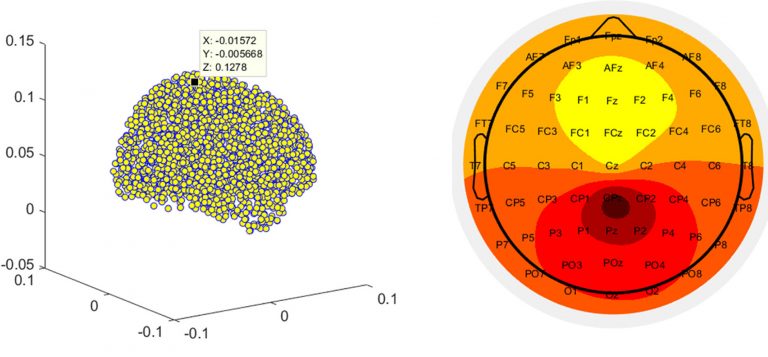
The brain dynamics in the electroencephalogram (EEG) data are often challenging to interpret, specially when the signal is a combination of desired brain dynamics and noise. Thus, in an EEG signal, anything other than the desired electrical activity, which is produced due to coordinated electrochemical process, can be considered as unwanted or noise. To make brain dynamics more analyzable, it is necessary to remove noise in the temporal location of interest, as well as to denoise data from a specific spatial location. In this paper, we propose a novel method for noisy EEG analysis with accompanying toolbox which includes adaptive, data-driven noise removal technique based on the improved intersection of confidence interval (ICI)-based algorithm. Next, a local entropy-based method for EEG data analysis was designed and included in the toolbox. As shown in the paper, the relative intersection of confidence interval (RICI) procedure retains the dominant dipole activity projected on electrodes, while the local (short-term) Rényi entropy-based analysis of the EEG representation in the time-frequency domain is efficient in detecting the presence of P300 event-related potential (ERP) at specific electrodes. Namely, the P300 are detected as sharp drop of entropy in the temporal domain that enabled accurate calculation of the index of the noise class for the EEG signals.
The research was conducted at the Faculty of Engineering, University of Rijeka (www.riteh.uniri.hr).